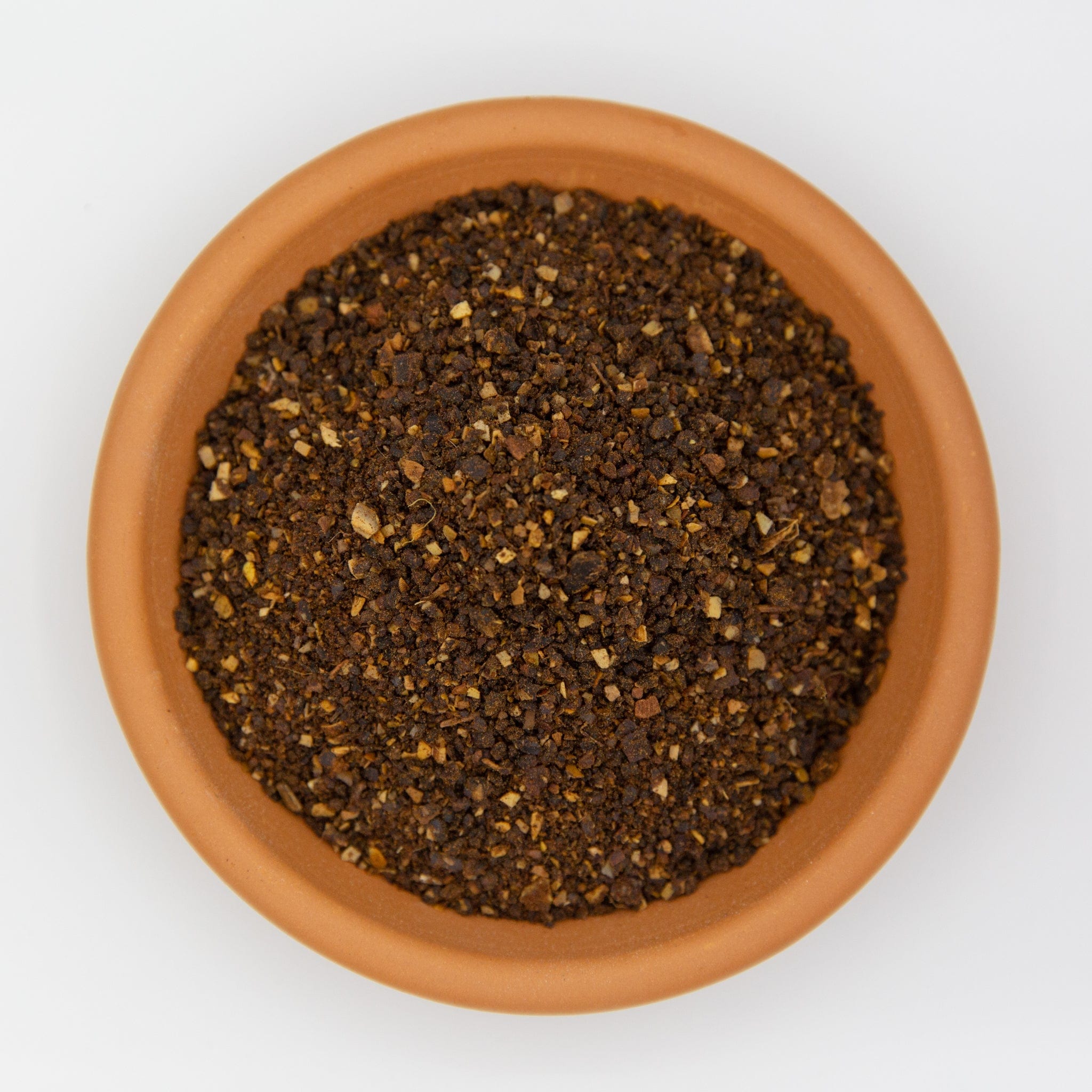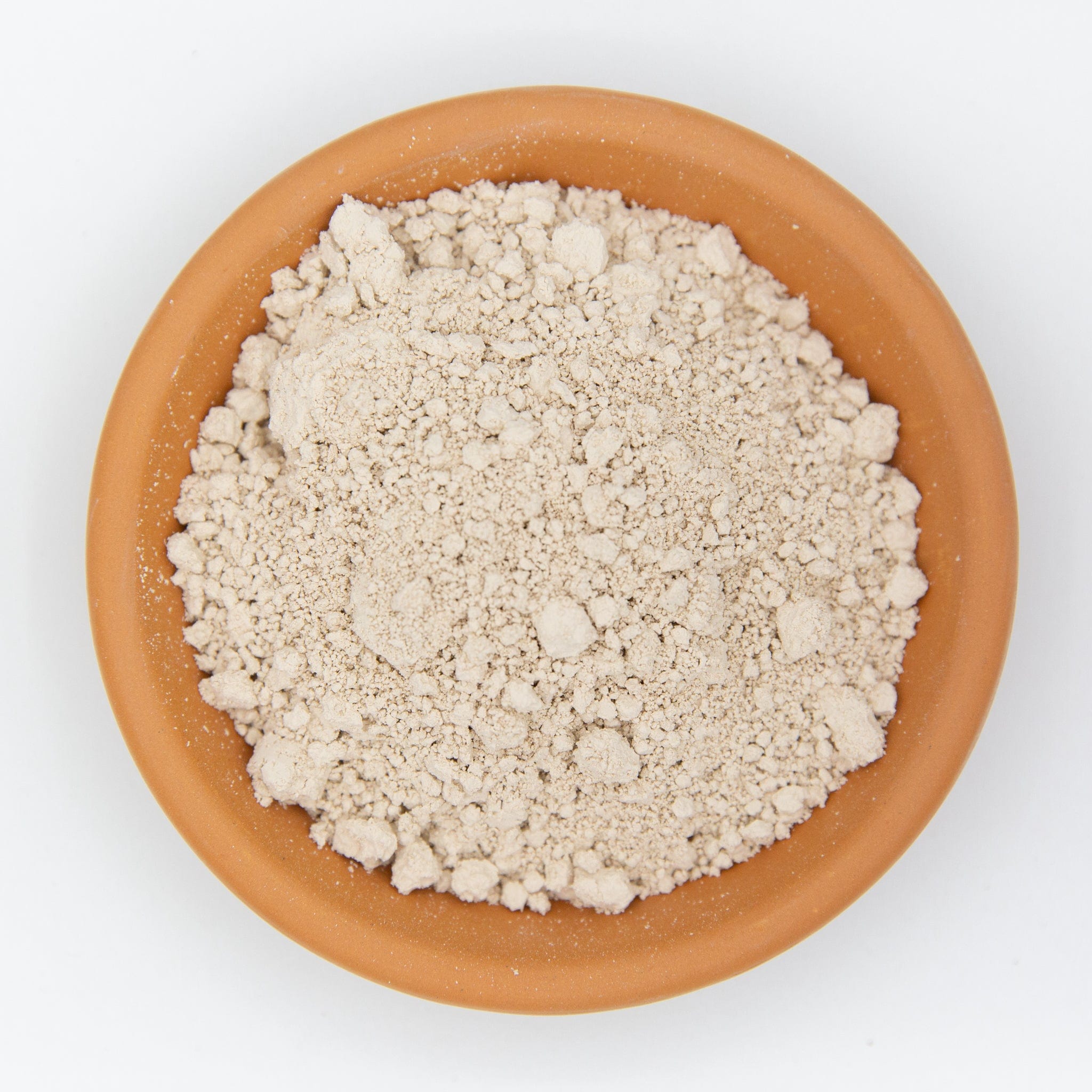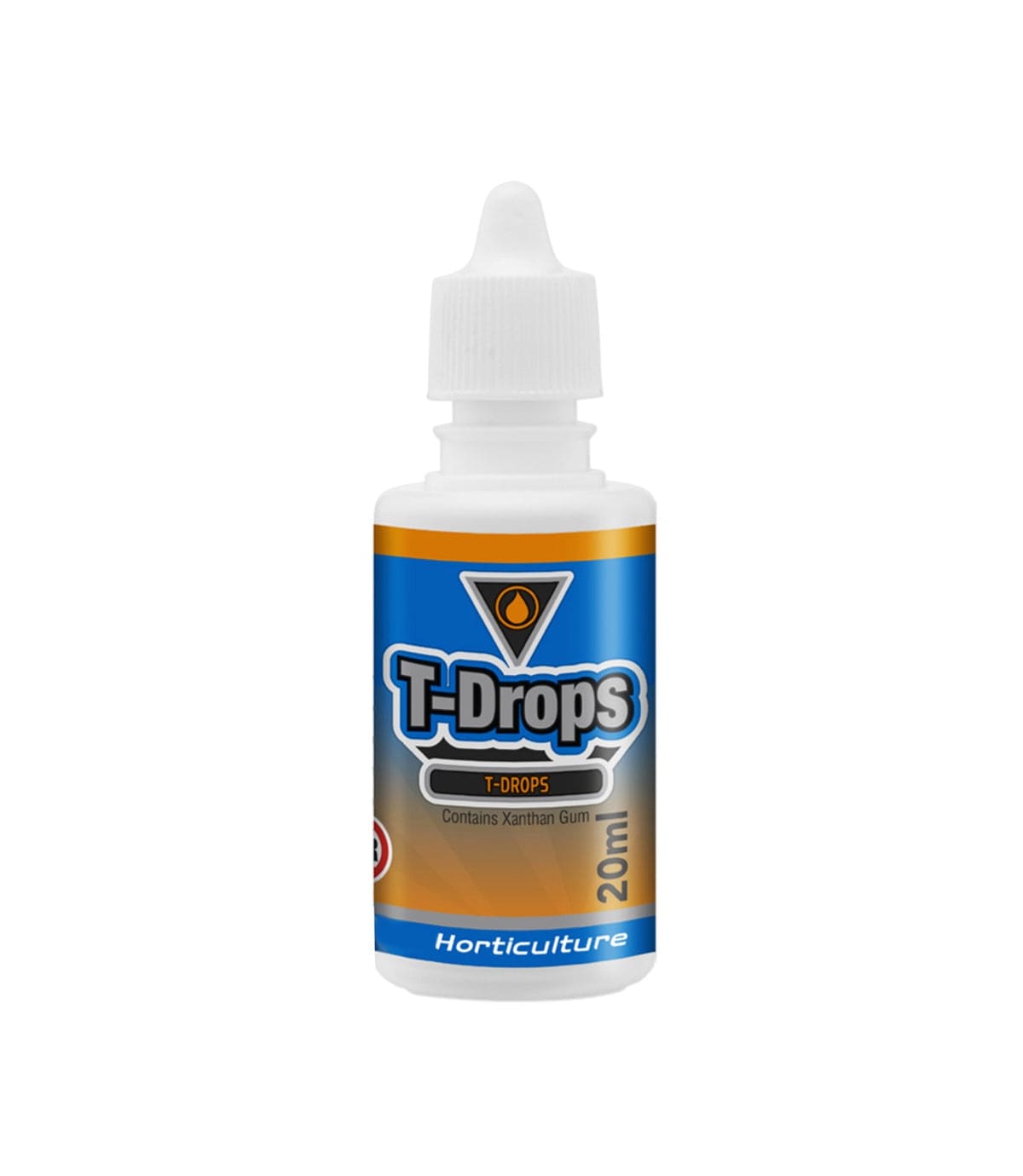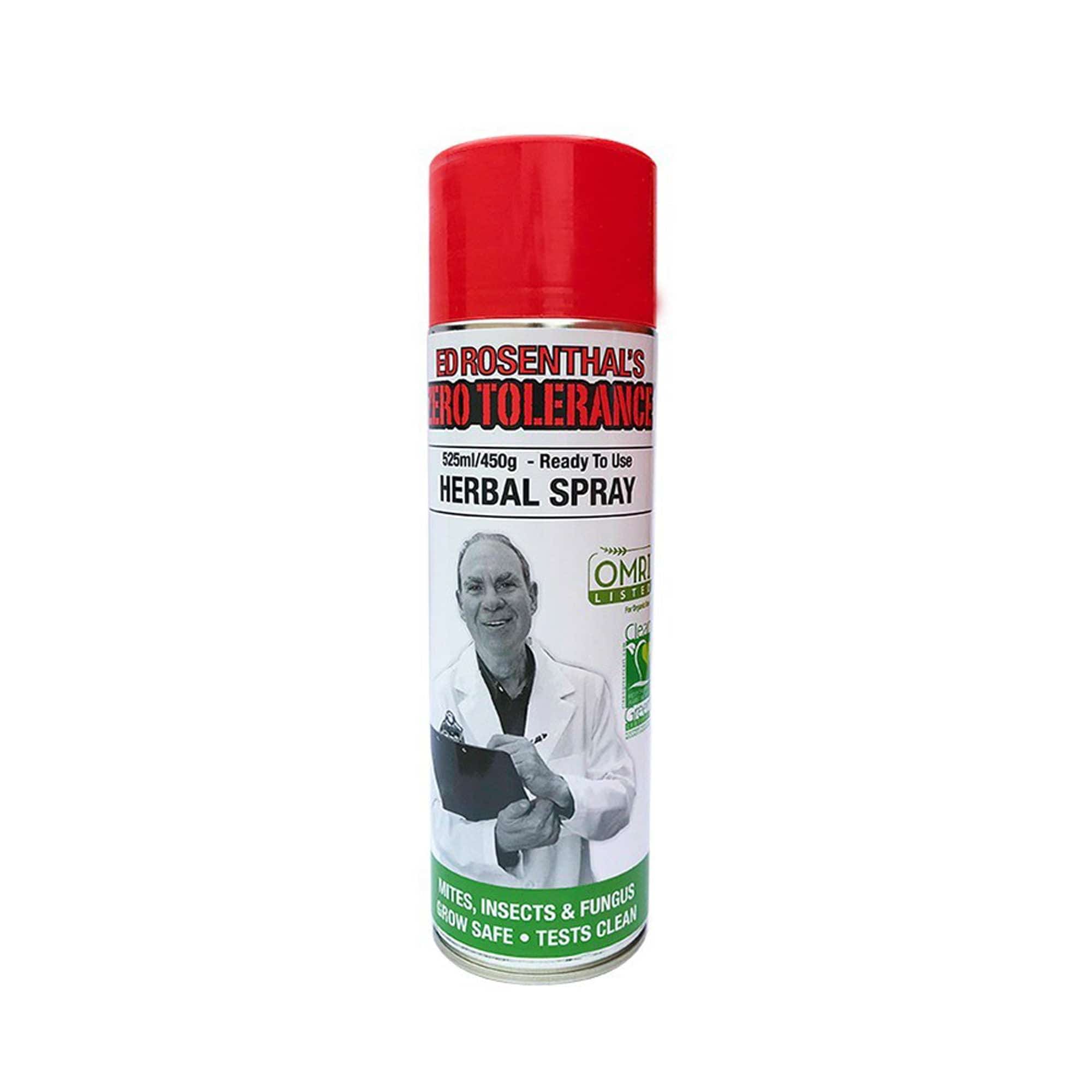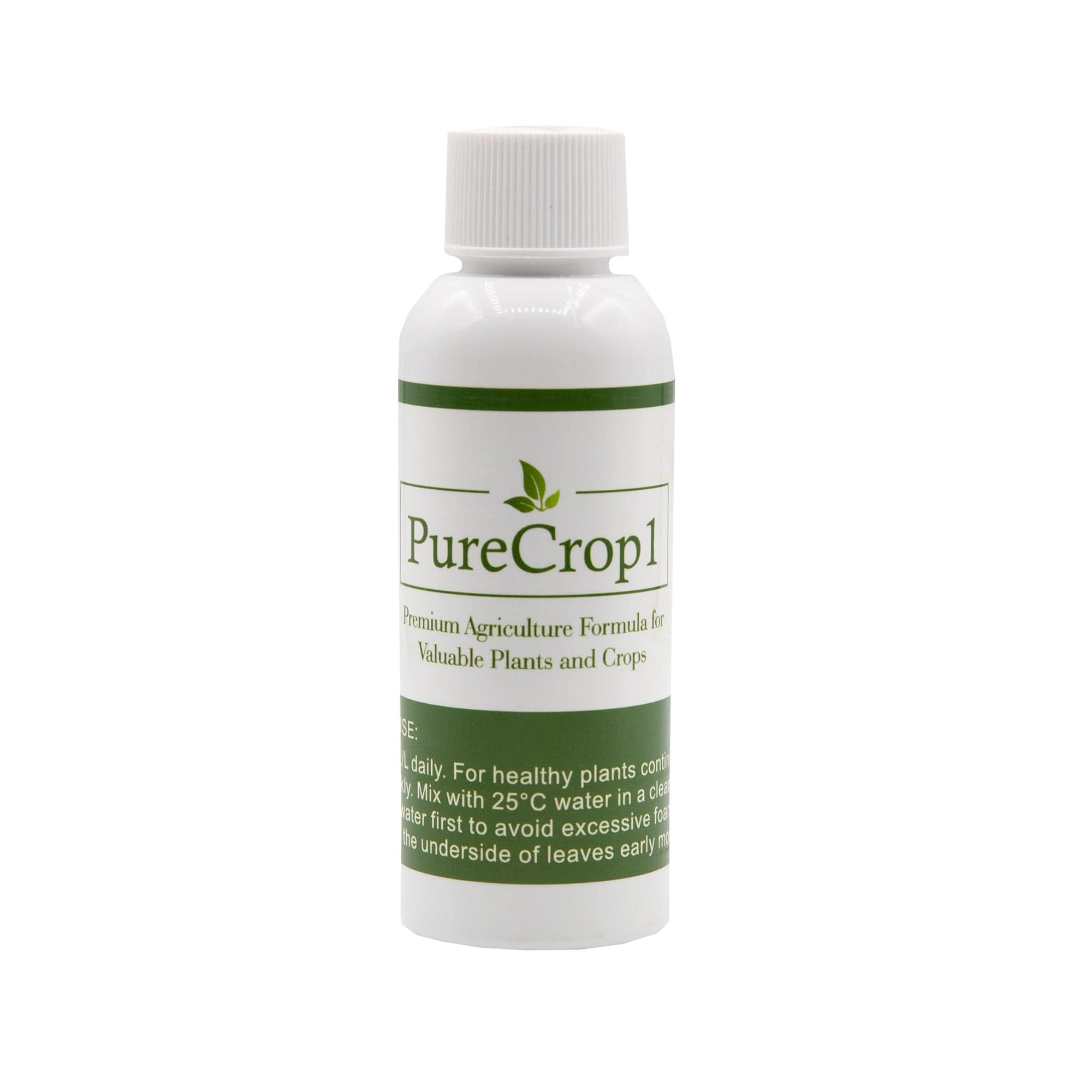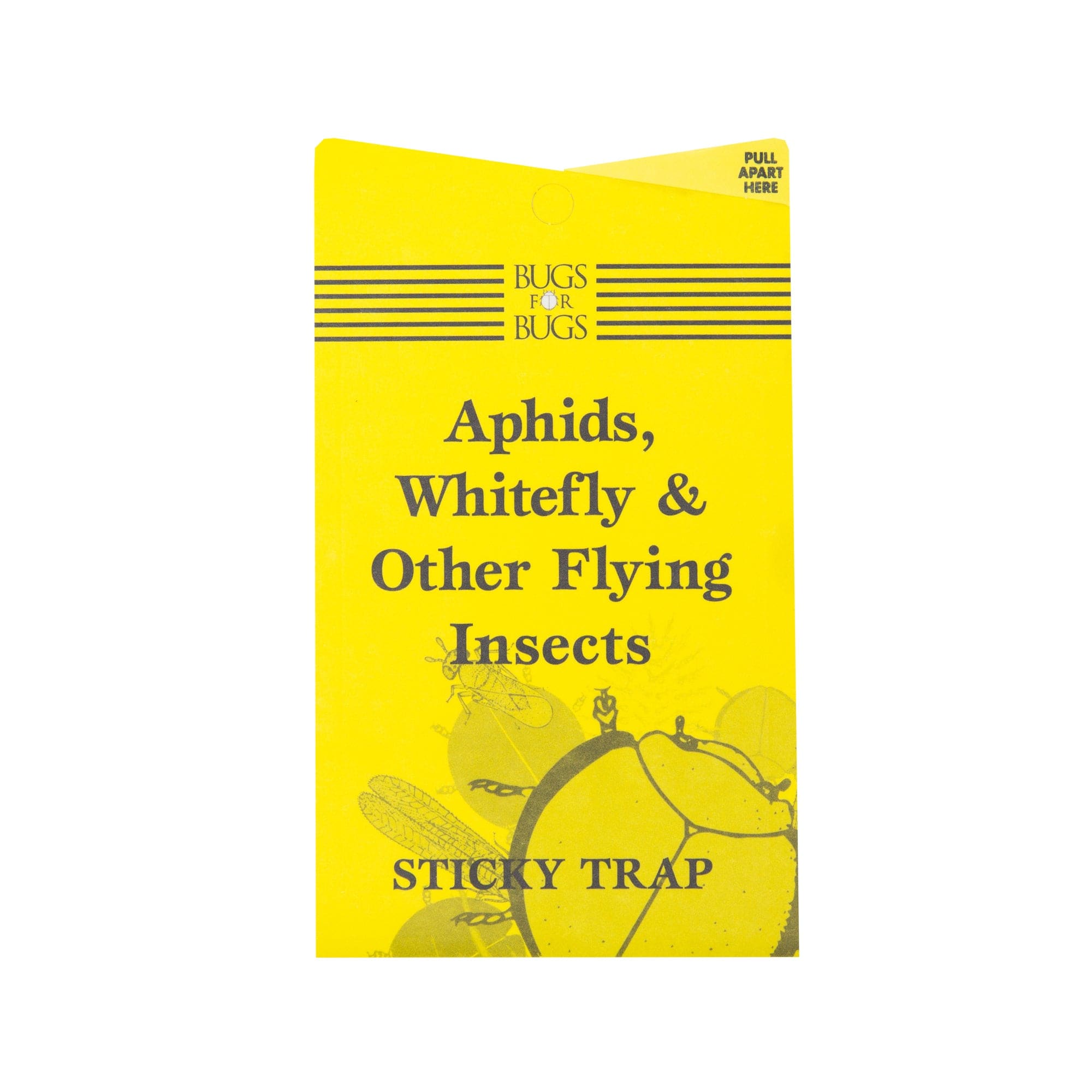Whiteflies may be tiny, but the cloud they raise when you brush past an infested plant can cost you kilos of produce and weeks of frustration. The good news? With a sharp eye, the right tools and an integrated plan, you can have them sorted before they get a wing-beat ahead of you.
Quick ID Checklist
-
Size: 1–2 mm, moth-like insects that fly when disturbed.
-
Colour: Bright white adults; translucent ovoid eggs on leaf undersides.
-
Tell-tale signs:
-
Silvering or yellow stippling on foliage.
-
Sticky honeydew that leads to black sooty mould.
-
Clouds of white flecks when you shake the plant.
Whitefly 101
Life-cycle & Damage
Whiteflies thrive in warm, still conditions. Females lay up to 400 eggs that hatch within 5–7 days. Nymphs (crawlers) settle to feed on sap, weakening your plants and transmitting viruses. Adults emerge in as little as three weeks, meaning an unchecked population can explode in a single season.
Step-by-Step Control Strategy
Step 1 – Confirm the Culprit
-
Inspect leaf undersides with a 40× Magnifying Loop to spot eggs and crawlers.
-
Deploy traps: Hang Blue Sticky Pest Traps above the canopy. Whiteflies are drawn to the colour spectrum and get stuck—providing both monitoring and control.
Step 2 – Knock Numbers Down Fast
-
Organic spray combo: Mix GreenSpace Reset Leaf Conditioner Concentrate or ready-to-use GreenSpace Reset with water and drench both leaf surfaces. Neem & botanical oils smother eggs and disrupt feeding.
-
Coverage hack: Add a dash of TurboWash Leaf Cleaner & Plant Protectant for extra wetting power that helps the solution creep under leaf hairs and into tight clusters.
Repeat every 5 days until you see < 5 adults per trap.
Step 3 – Clean & Protect Leaves
After each spray cycle, wipe foliage (especially underside mid-veins) with a microfibre cloth. This removes honeydew, opens stomata and makes plants less attractive to re-infestation.
Step 4 – Heavy-Outbreak Backup
If sticky traps still load up after two spray rounds, escalate to a pyrethrum hit:
-
Liquid option: Dilute Kendon Pyrethrum Concentrate at label rate and spray at dusk (pyrethrum degrades in UV).
-
Dust option: Puff Pyrethrum Insect Dust 300 g onto the leaf undersides for hard-to-reach ornamentals.
Follow up with GreenSpace Reset 48 hours later to avoid pest resurgence.
Step 5 – Dust, Trap & Repeat
-
Diatomaceous Earth: Sprinkle Micronised Diatomaceous Earth around pot rims and on soil to slice through emerging nymphs.
-
Systemic safeguard: For ornamentals that aren’t food crops, a monthly mist of Broad Blue Protect RTU provides inner-plant protection.
-
Continuous monitoring: Replace sticky traps fortnightly and log counts to your garden journal.
Long-Term Prevention Tips
-
Airflow is king – add a clip-on fan to keep leaves dancing and whiteflies off-balance.
-
Companion plant – nasturtiums or marigolds work as decoys.
-
Feed wisely – lush, nitrogen-heavy growth invites sap-suckers. Switch to balanced nutrition once plants hit stride.
-
Quarantine newbies – two weeks in isolation before letting new plants join the party.
-
Rinse & shine – fortnightly hose-downs blast away stray eggs.
Keep a stash of control products in one spot—when whiteflies strike, speed matters!
Frequently Asked Questions
Q. Can I use neem on edibles?
Yes. GreenSpace Reset contains food-grade neem derivatives that are safe when used as directed. Avoid spraying within 24 h of harvest and rinse produce.
Q. How often should I replace sticky traps?
Every 10–14 days, or sooner if the adhesive surface is 70 % covered.
Q. Will diatomaceous earth harm bees?
Applied to soil or undersides of leaves, it poses minimal risk to pollinators. Avoid dusting open blooms.
Q. I’ve tried everything—should I cull badly infested plants?
If a plant is less than 50 % green or harbouring thousands of adults, removal is often the fastest path to garden-wide recovery.
Q. When is the best time of day to spray?
Early morning or late afternoon—temps are lower, beneficial insects less active and sprays dry more slowly for better contact.
Ready-for-Action Checklist
|
Task |
Product Link |
|
Monitor & confirm |
|
|
Set early-warning system |
|
|
First-strike organic spray |
GreenSpace Reset (Conc. / RTU) |
|
Wetting & leaf clean |
|
|
Knock-back severe outbreaks |
|
|
Soil-level control |
|
|
Ornamental systemic safety net |
One-Click Shopping
Grab everything in one go from the full Whitefly Control Collection and get free shipping on orders over $250.
Happy growing, and may your leaves stay spotless! 🌿
This guide is intended for Australian home-garden conditions. Always follow label directions and wear appropriate PPE.
About the Author



